What are Hanging Meat Rails
Hanging meat rails are essential fixtures in various food-related settings, particularly in butcheries, slaughterhouses, and meat processing plants. These rails are designed to efficiently store, transport, and display cuts of meat, allowing for quick and sanitary processing. They are typically made from materials such as stainless steel or aluminum to ensure hygiene standards are met and durability is maintained in the meat industry's demanding environment.
The principle of hanging meat rails is straightforward: meat is hung from the rail's horizontal bars or hooks, which are then placed in a designated area for further processing or sale. This method of suspension has multiple advantages. It maximizes space utilization, as compared to stacking or laying out meat on surfaces. It also aids in the meat preservation process by allowing air to circulate around the cuts, which can help extend their shelf life.
Hanging meat rails come in various configurations, including straight lines or curved designs that can be fitted to the layout of the processing space. They are often motorized, allowing for smooth movement and precise control over the meat display. The motorized function is typically integrated with other systems within the facility, such as cool rooms or processing machinery, to ensure a seamless operation.
Types of Hanging Meat Rails
The variety of hanging meat rails available is designed to meet different operational requirements and preferences across various food service settings. Here are some common types:
-
Stainless Steel Meat Rails: These are highly durable and resistant to corrosion, making them ideal for use in environments where maintaining hygiene is crucial. They are commonly used in butcher shops and meat processing facilities.
-
Aluminum Meat Rails: Lightweight yet strong, aluminum racks are a popular choice for many food service applications. They offer a good balance between load capacity and ease of installation, often found in meat markets and deli sections.
-
Plastic-Coated Metal Rails: These provide a more colorful and aesthetically pleasing option. The coating not only helps protect the metal from damage but also allows for customization to fit the decor or branding of a food establishment.
-
Portable Meat Rails: Designed for easy transportation and flexibility, portable rails are often used at events, food fairs, or in places where temporary meat handling is necessary.
-
Motorized Meat Rails: To reduce manual handling and increase productivity, motorized meat rails can be installed. These systems are particularly useful in high-volume settings such as grocery stores or large-scale meat processing facilities.
How to choose Hanging Meat Rails
Selecting the right hanging meat rails for your business involves considering several factors:
-
Material Durability: Assess the type of environment the rails will be exposed to. Stainless steel is robust and suitable for areas with high moisture or where hygiene is paramount, while plastic is a more cost-effective option for lighter loads or where rust resistance is less critical.
-
Weight Capacity: Consider the weight of the cuts of meat you will be hanging. Heavy-duty stainless steel rails are necessary for large, heavy loads, while lighter-weight aluminum may suffice for smaller operations.
-
Space Availability: Measure the available space in your facility. Some models can be customized to fit into tight spaces or around corners, while others may require more room for installation.
-
Ease of Cleaning: Hygiene is paramount in food service. Look for designs that allow for easy cleaning, such as removable parts or smooth surfaces.
-
Installation Process: Some models may need professional installation. Consider whether this service is required or if you have the resources to install them yourself.
By carefully evaluating these factors against your specific needs and the particularities of your business environment, you can make an informed decision about which hanging meat rails will best suit your operational requirements.
About Hanging Meat Rails on Alibaba.com
Alibaba.com stands out as a premier online marketplace that connects businesses worldwide with a comprehensive selection of hanging meat rails suitable for various applications within the food industry. With an extensive range from trusted suppliers across different regions, Alibaba.com makes it easier than ever for businesses to find exactly what they need to streamline their operations or meet their specific requirements.
Alibaba.com's global reach ensures that whether you're outfitting a small butcher shop or supplying a large-scale meat processing plant, you'll find high-quality rails that cater to your unique needs. The platform's user-friendly interface allows you to filter products by material, key selling points, voltage, and more to efficiently navigate through options and find the perfect match.
Moreover, Alibaba.com prioritizes secure transactions through services like Trade Assurance, giving businesses peace of mind when purchasing wholesale quantities. The commitment to facilitating easy business anywhere in the world is evident through Alibaba.com's mobile buying capabilities and multilingual communication tools, making it a top choice for companies looking to source reliable hanging meat rail systems.
Common FAQs for Hanging Meat Rails
What are the key benefits of using hanging meat rails in a food business?
Hanging meat rails help maximize space in food processing areas, improve sanitation by preventing contact with unsuitable surfaces, and facilitate organized storage that is easily accessible.
How do I determine the appropriate material for my hanging meat rails?
Consider the environment of your business; stainless steel is durable and easy to clean, making it suitable for most food industry applications. However, in terms of weight tolerance, other materials like carbon steel may suffice.
Are there different types of hooks for different meats?
Yes, there are various types of hooks designed to handle different meats. Flat hooks are commonly used for beef and poultry, while spear hooks are preferred for smaller cuts and game meats.
Can hanging meat rails be customized to fit my specific business needs?
Many suppliers offer customization options for hanging meat rails, such as specific lengths, hook configurations, and material choices to meet your business requirements.
What should I consider when choosing the length of hanging meat rails?
The length should be chosen based on the application; shorter rails are suitable for smaller spaces or if less meat is being processed, while longer rails are necessary for larger areas or when more product needs to be hung simultaneously.
How do I maintain and clean my hanging meat rails?
Routine maintenance involves regular inspection for damage or wear, proper cleaning with appropriate detergents, and timely replacement of any parts that show signs of wear to ensure hygiene and safety.
What safety precautions should be taken when using hanging meat rails?
Proper installation following manufacturer guidelines and ensuring that meats are hung securely and handled with appropriate safety equipment are crucial to prevent accidents or injuries during processing.
Can I use the same hanging meat rails for different types of meat products?
It’s generally recommended to have separate hanging meat rails for different types of products to avoid cross-contamination and ensure compliance with health and safety standards.
How can I optimize the space in my processing area using hanging meat rails?
Using a vertical space-saving design and considering the layout strategically can help optimize space in processing areas. Additionally, choosing an appropriately sized rail system can further maximize the area.
Are there any weight limitations for products hung on meat rails?
Yes, suppliers often provide weight limitations for their hanging meat rails. It's important to check these specifications to ensure that they meet the requirements of your operation.
How does voltage affect the functionality of hanging meat rails?
Voltage requirements vary by region and may affect the choice of rail system based on available power supply. Ensure that your equipment is compatible with local electrical standards.
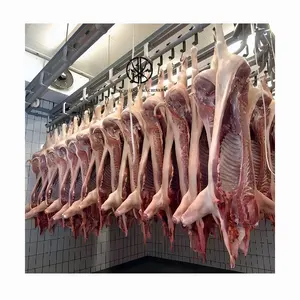


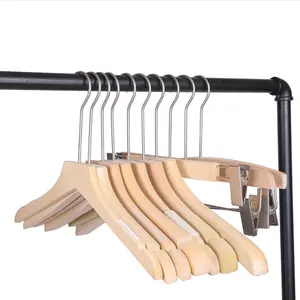

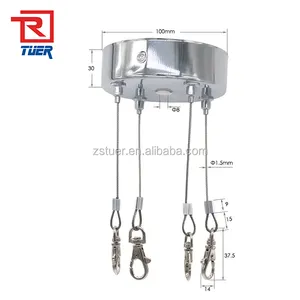



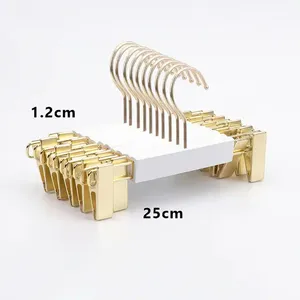

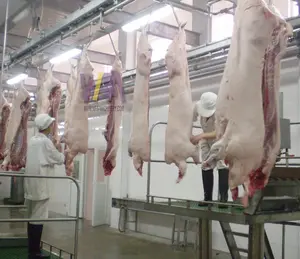
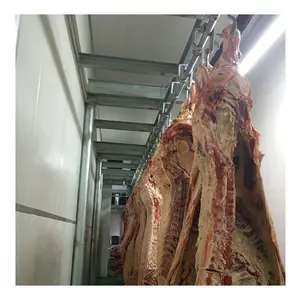
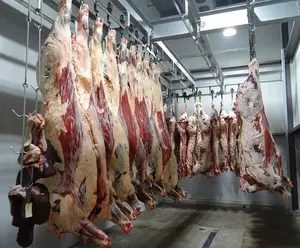

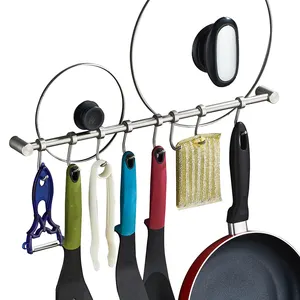
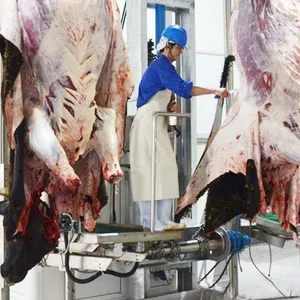
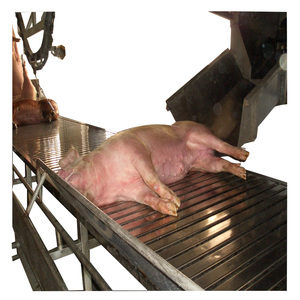




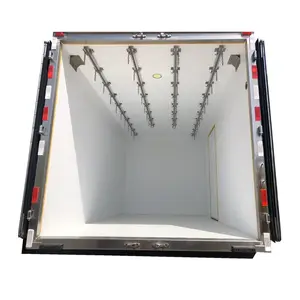





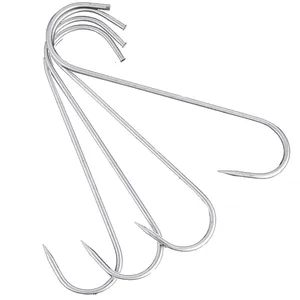




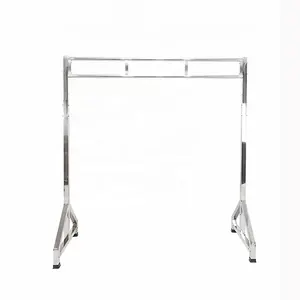


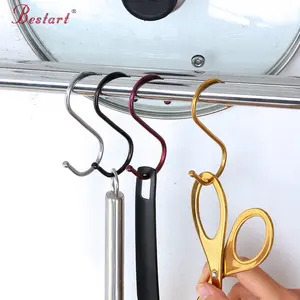
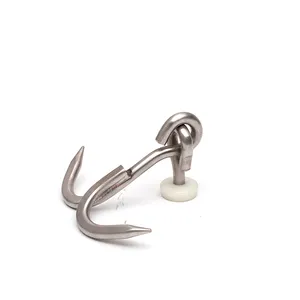
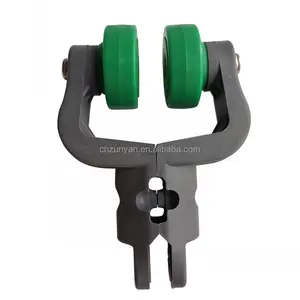




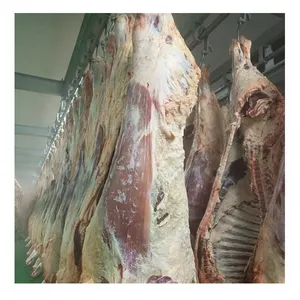


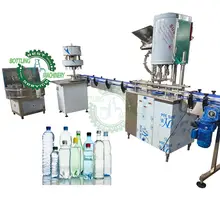


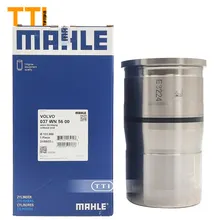

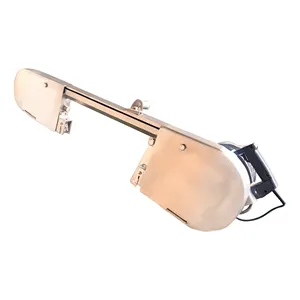
























 浙公网安备 33010002000092号
浙公网安备 33010002000092号 浙B2-20120091-4
浙B2-20120091-4